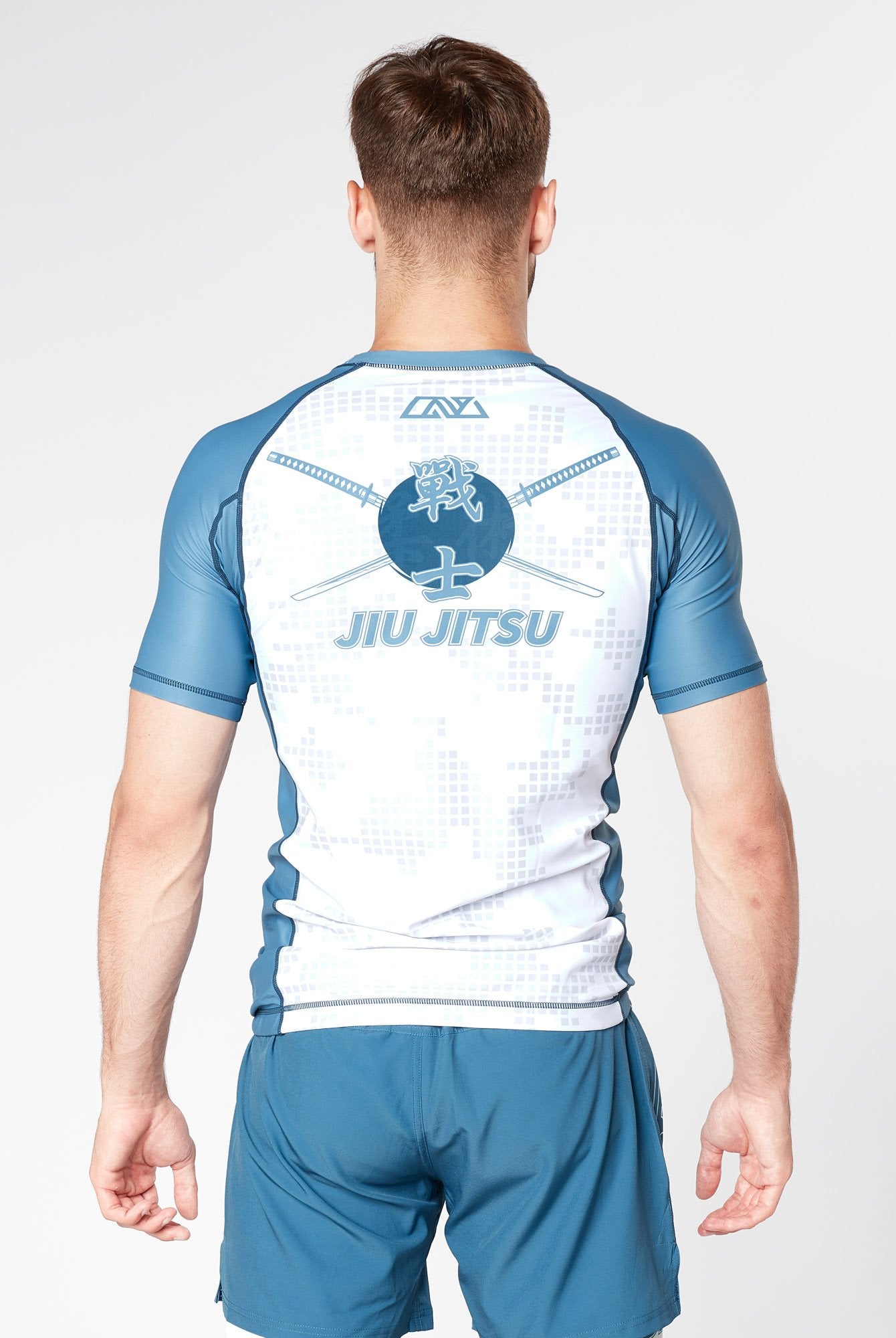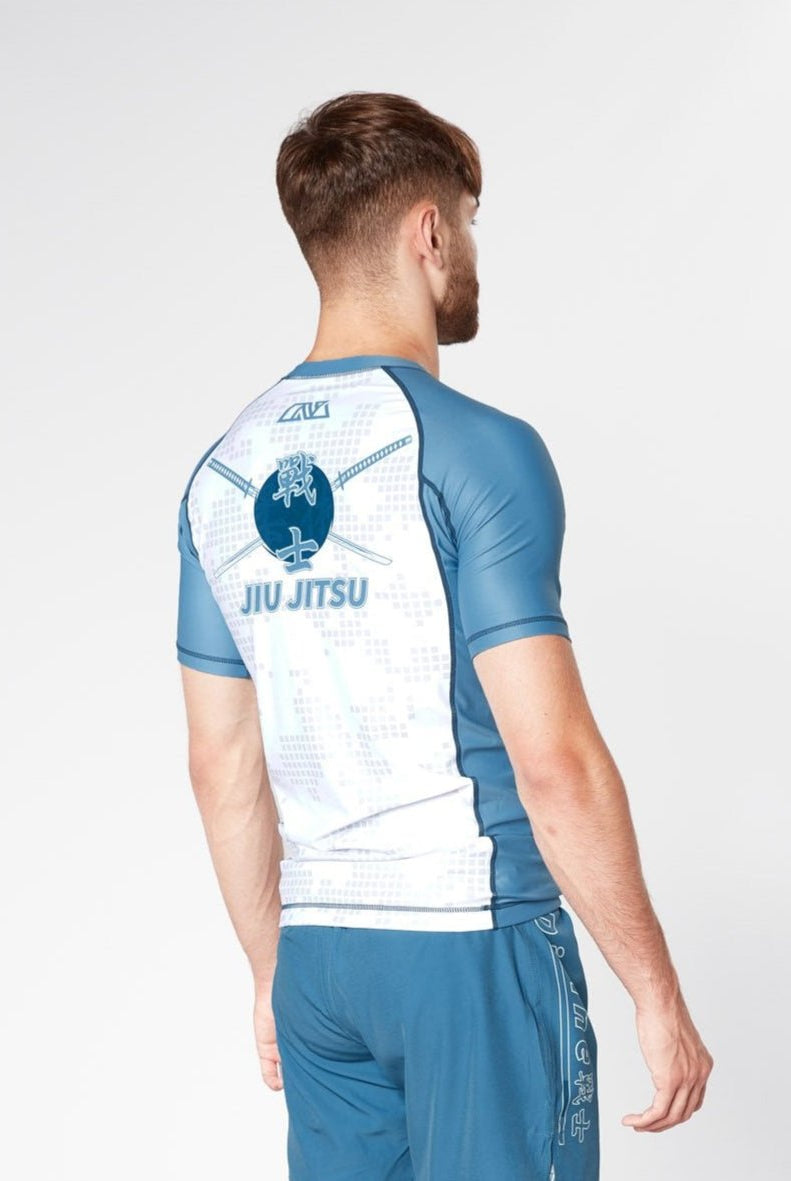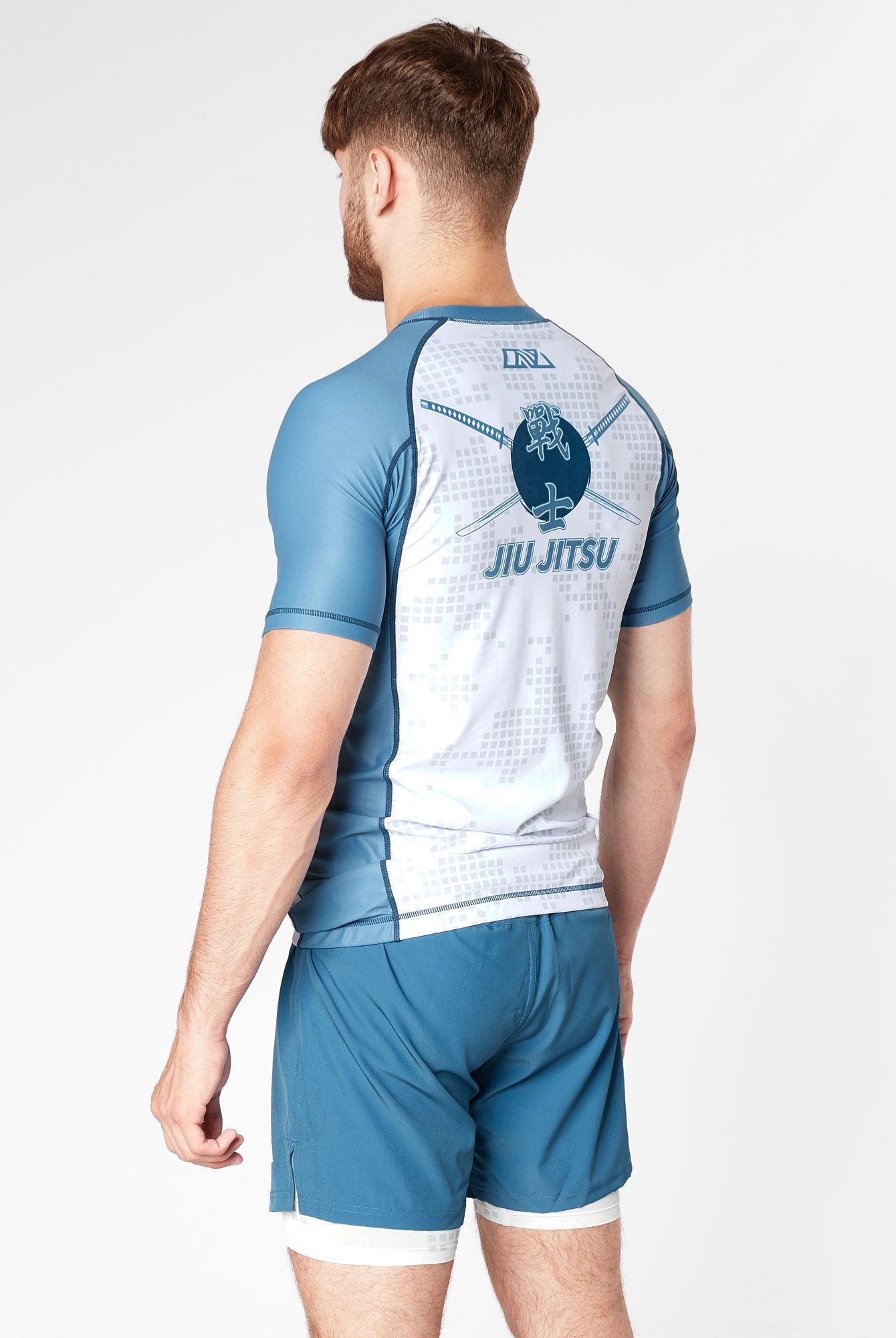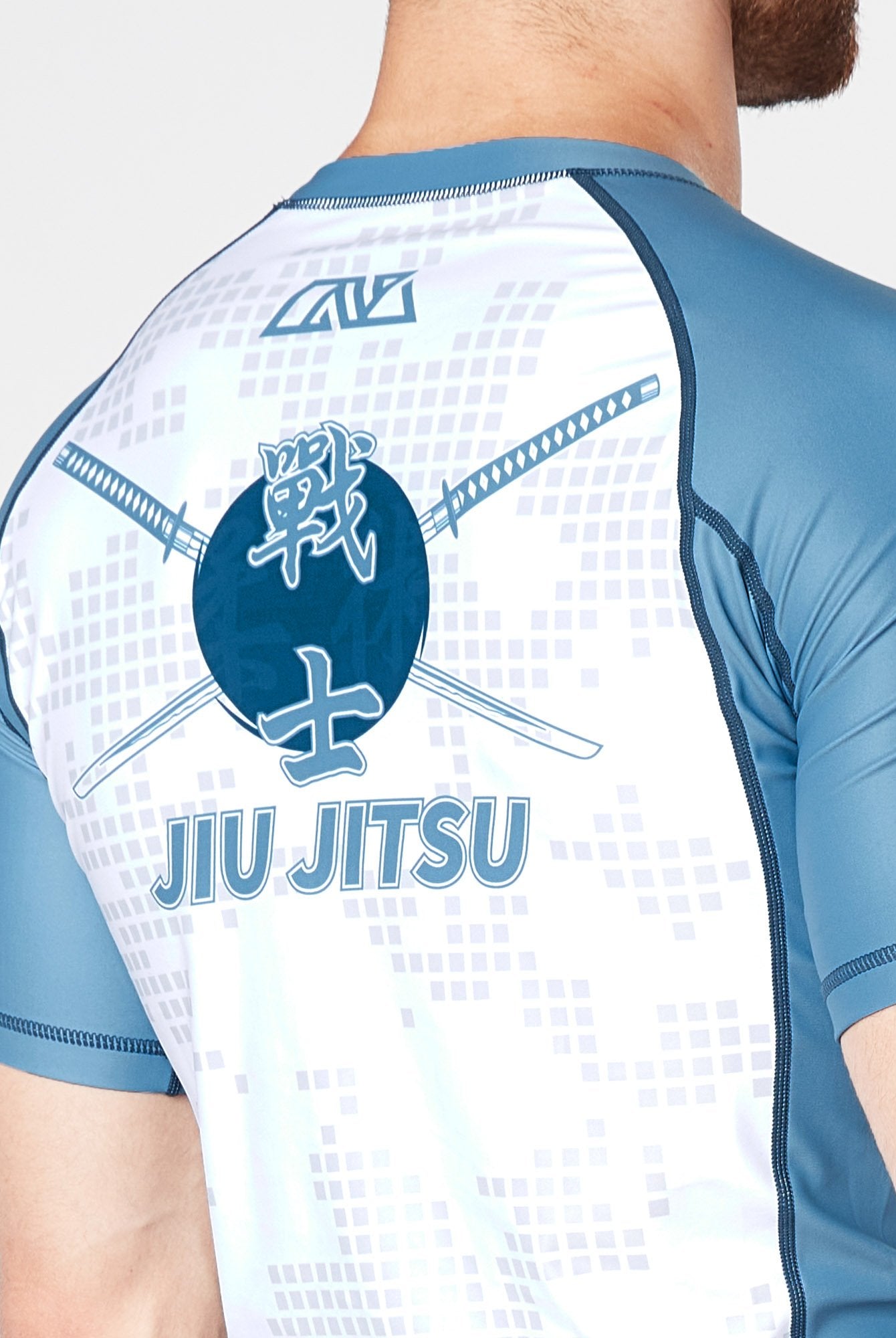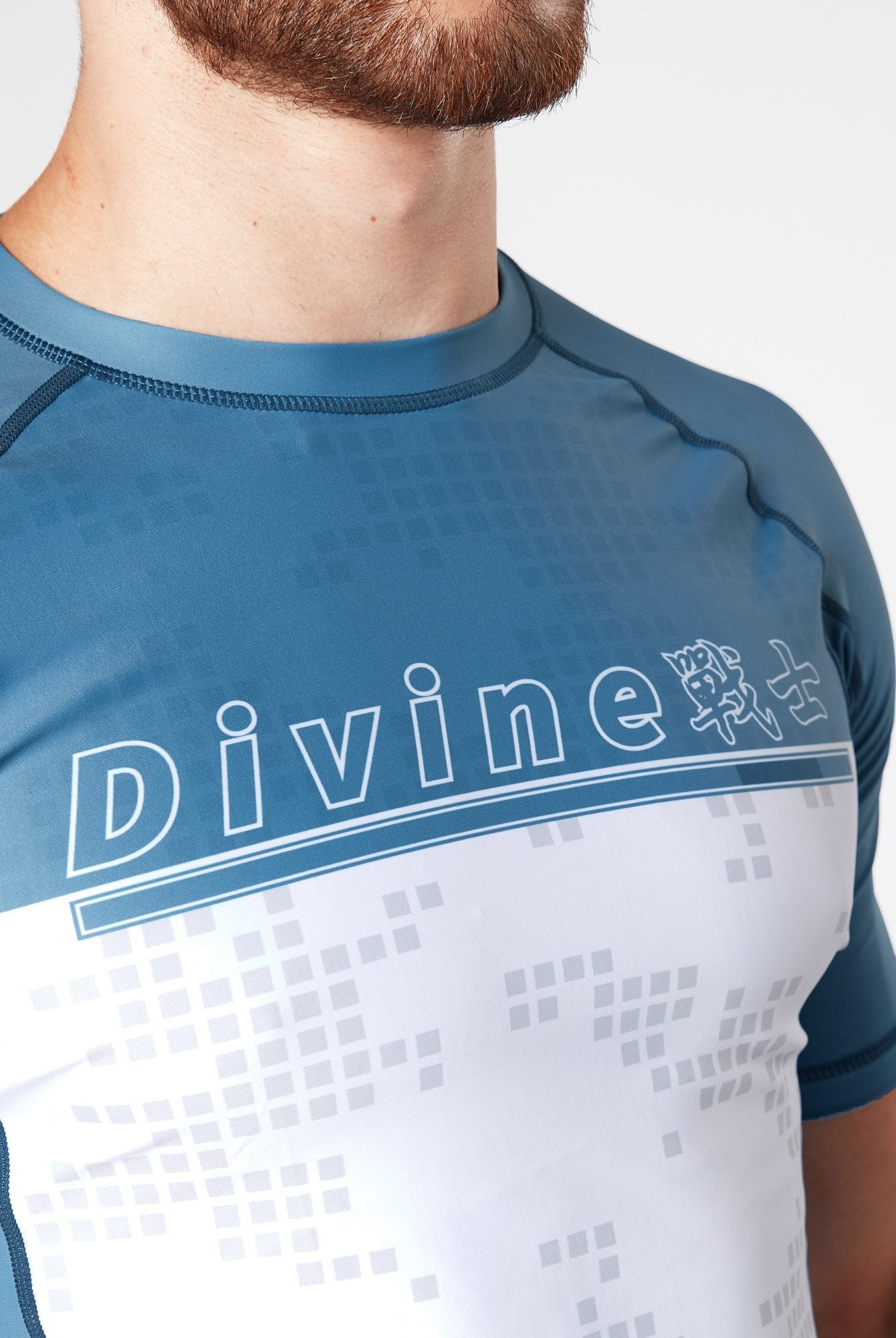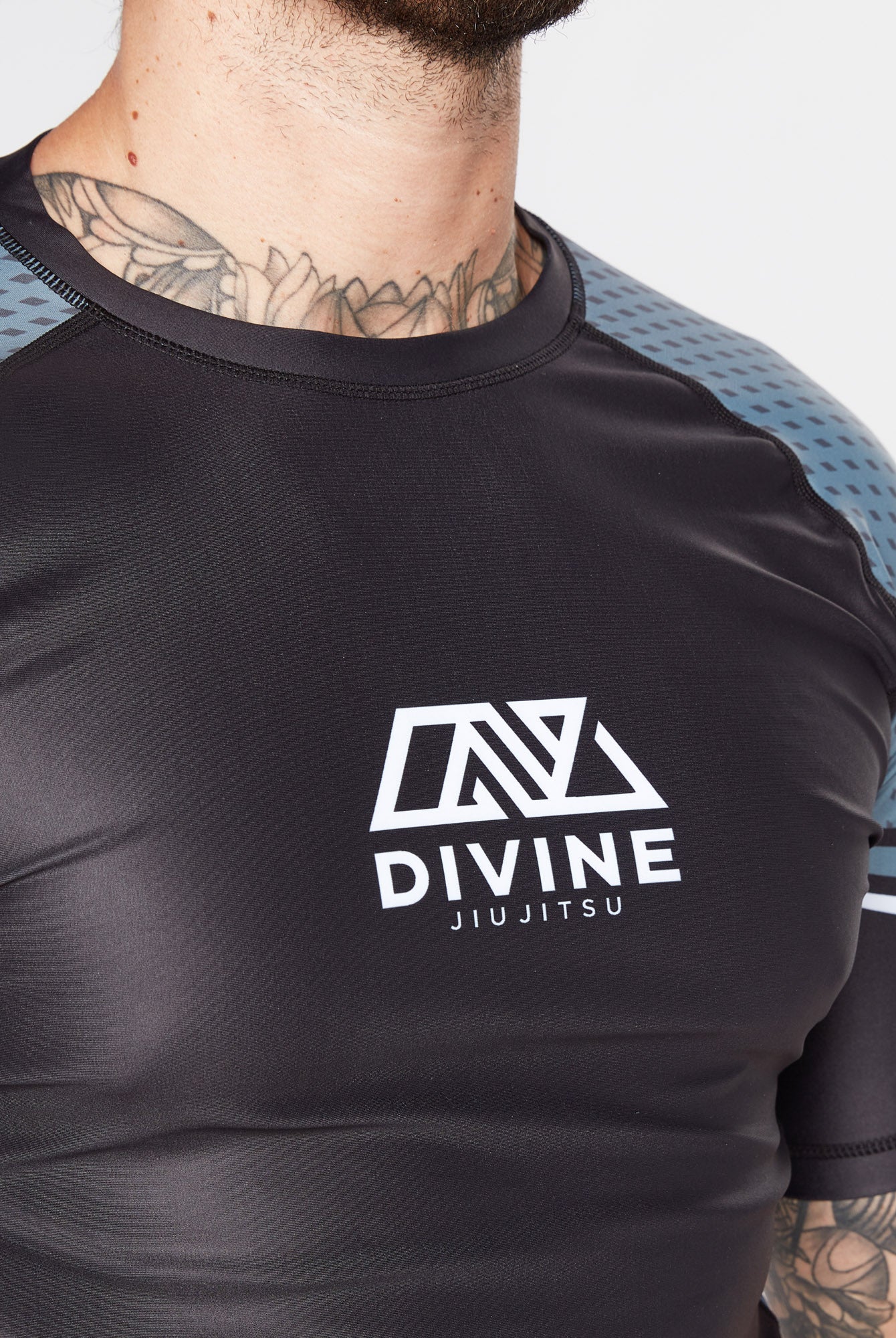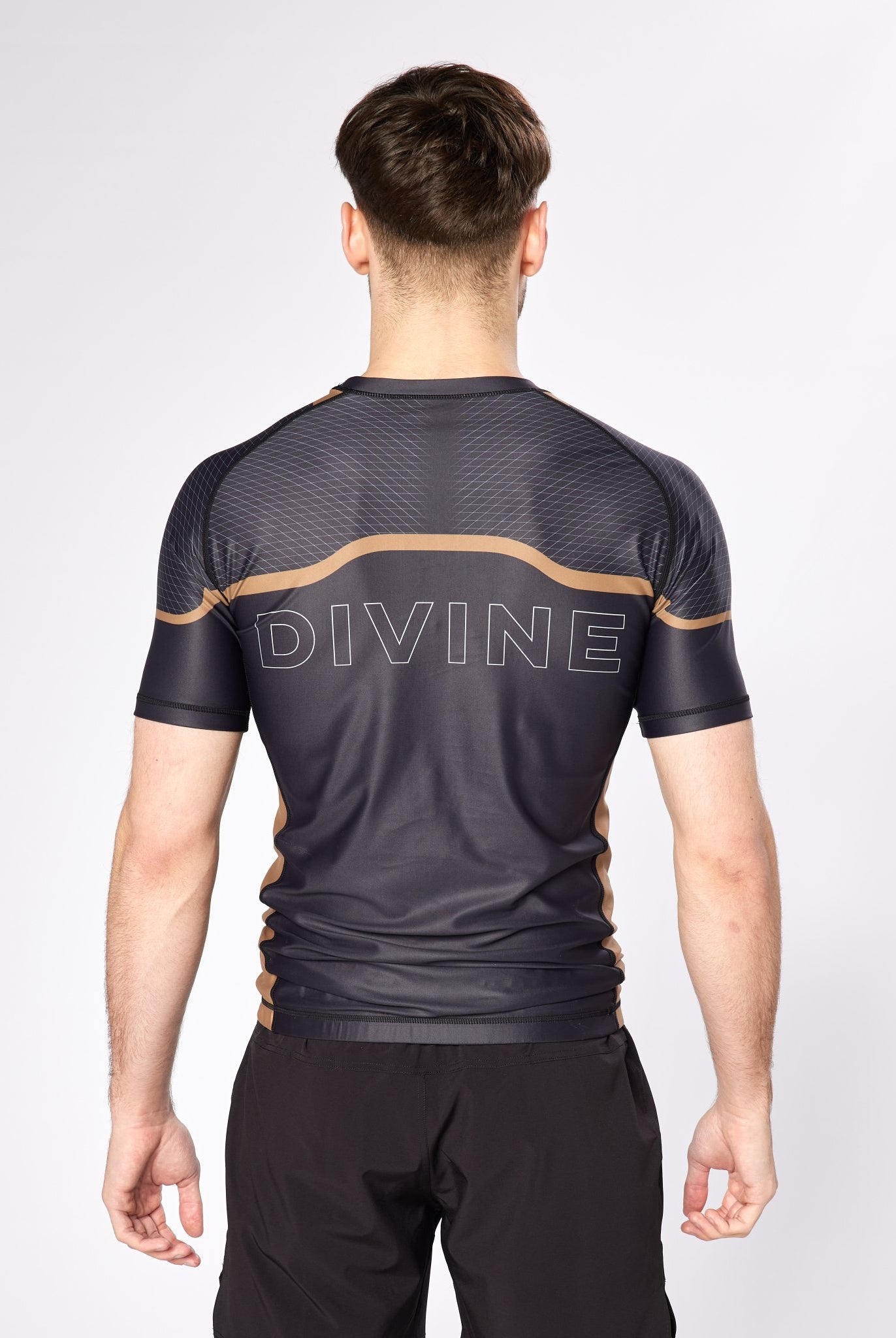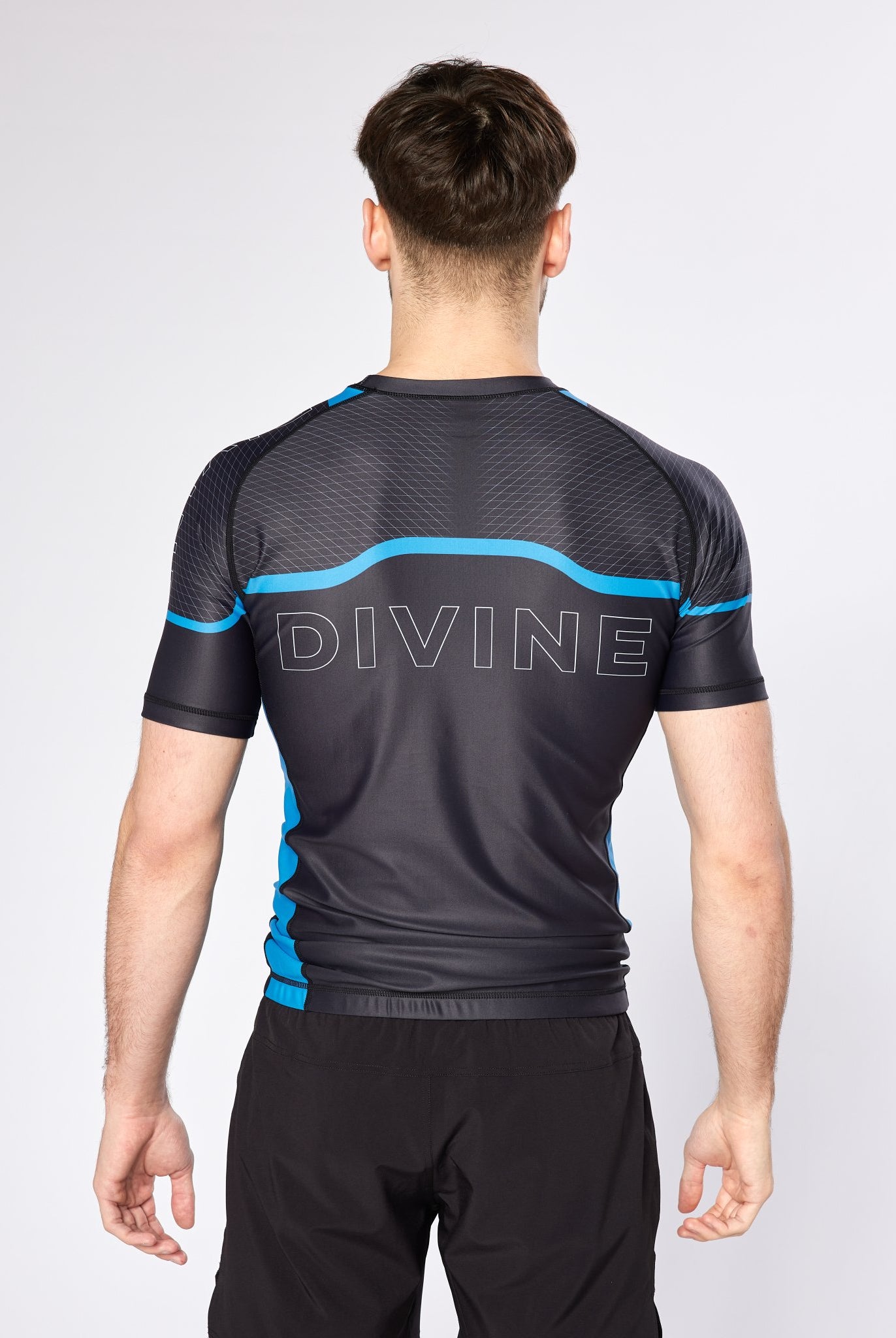An In-Depth Analysis of Its Effectiveness and Benefits

Brazilian Jiu-Jitsu (BJJ) has gained immense popularity in recent years, often being hailed as one of the premier martial arts for self-defense and competition. Practitioners appreciate its focus on technique and leverage, making it effective for individuals of all sizes and strengths. For many, BJJ stands out as the best martial art due to its practical application and emphasis on ground fighting skills.
BJJ's unique approach to training fosters not only physical fitness but also mental resilience, teaching students how to remain calm under pressure. The community surrounding BJJ is also a significant draw, providing a supportive environment for personal growth and camaraderie. As interest in martial arts continues to expand, understanding what sets BJJ apart can help individuals choose the right path for their training.
Whether one is seeking self-defense, fitness, or competition, BJJ offers a range of benefits that appeal to a diverse audience. Exploring its techniques, philosophies, and real-world applications reveals why many enthusiasts regard it as an exceptional martial art worthy of consideration.
The Essence of Brazilian Jiu-Jitsu
Brazilian Jiu-Jitsu (BJJ) represents a unique integration of history, philosophy, and techniques that fundamentally shape its practice. Understanding its historical roots, core philosophies, and comparative complexity sheds light on what makes BJJ distinctive.
Historical Background
The roots of Brazilian Jiu-Jitsu can be traced back to traditional Japanese Jujutsu, which emphasized throwing techniques and grappling. In the early 20th century, Mitsuyo Maeda brought these techniques to Brazil, where they were adapted by the Gracie family.
The Gracies modified the techniques to emphasize ground fighting and submissions. This adaptation led to the creation of BJJ, which gained popularity through challenge matches and competitions. Significant milestones include the first Gracie Challenge in 1925, showcasing its effectiveness against other martial arts.
Today, BJJ has evolved into a global phenomenon, with practices rooted in a rich tradition that honors its origins while promoting continuous innovation.
Core Philosophies
At the heart of Brazilian Jiu-Jitsu lies a philosophy of leverage and technique over brute strength. Practitioners are taught to use their opponent's energy against them, making BJJ accessible to individuals regardless of size or strength.
A key tenet is the idea of adaptability. Techniques are designed to cater to various scenarios, emphasizing problem-solving skills in grappling situations. The importance of live sparring, or "rolling," embodies the belief in practicality and applicability, allowing students to test their skills in real-time.
Additionally, a strong sense of community fosters camaraderie among practitioners. The bond built through training creates a supportive environment where learning and improvement are paramount.
Comparative Complexity
Brazilian Jiu-Jitsu is more complex than it may appear at first glance. The art combines a vast array of techniques, including guards, escapes, submissions, and transitions.
These techniques can be categorized into numerous positions, each yielding different strategic options. The depth of knowledge required to master BJJ creates a dynamic learning environment.
Comparatively, BJJ stands out among martial arts due to its focus on ground fighting. This specialization presents unique challenges and opportunities, as students must understand both offensive and defensive strategies.
The ongoing evolution of techniques keeps the discipline fresh, ensuring that adept practitioners stay engaged and continuously challenged.
Efficacy in Self-Defense
Brazilian Jiu-Jitsu (BJJ) emphasizes the use of leverage and technique, making it an effective martial art for self-defense. Its principles allow practitioners to neutralize threats, regardless of the opponent's size or strength. The following subsections explore the mechanics that contribute to BJJ's efficacy in real-life situations.
Leverage and Technique Over Strength
BJJ teaches users to apply leverage and proper technique rather than relying solely on physical strength. This is particularly crucial when facing larger or stronger opponents. Techniques such as joint locks and chokeholds can be executed effectively with minimal effort, allowing a smaller person to control or submit a larger attacker.
Practitioners learn to use body alignment and weight distribution to their advantage. By understanding the mechanics of movement and how to position oneself effectively, they can capitalize on an opponent’s mistakes. This principle keeps one safe in chaotic situations.
Real-World Application
BJJ techniques are designed with real-world scenarios in mind, focusing on ground fighting and grappling. Many confrontations end up on the ground, making BJJ particularly effective in these situations. Training incorporates live drills and sparring, simulating realistic encounters.
Through consistent practice, practitioners gain confidence and the ability to respond effectively under stress. Skill development includes defending against multiple attackers, escaping holds, and transitioning between standing and ground positions. This practical approach prepares individuals for various potential self-defense situations, enhancing their readiness to handle threats.
Performance in Mixed Martial Arts
Brazilian Jiu-Jitsu (BJJ) has significantly impacted the development of mixed martial arts (MMA). Its techniques and concepts have been instrumental in shaping effective strategies that fighters employ in the cage. The following explores BJJ's influence on MMA and highlights notable practitioners who have succeeded in this arena.
Influence on MMA
BJJ has established itself as a crucial component of MMA training. Many fighters integrate its principles to enhance their grappling and submission skills. The effectiveness of BJJ is evident in the use of positional control and submissions, allowing fighters to capitalize on their opponents' mistakes.
The rise of BJJ in MMA is marked by events like the early UFC fights, where practitioners like Royce Gracie showcased its power against diverse martial arts styles. Fighters trained in BJJ tend to have an advantage in ground game scenarios, enabling them to dictate the pace and direction of fights. Techniques such as the triangle choke and armbar are now staples in MMA.
Notable BJJ Practitioners in MMA
Several fighters have made significant achievements in MMA while prominently utilizing BJJ.
-
Royce Gracie: A pioneer of BJJ in the UFC, he won three of the first four tournaments, showcasing the art's efficacy against various martial arts.
-
Fabricio Werdum: Known for his outstanding grappling skills, Werdum claimed the UFC Heavyweight Championship and earned a reputation for his ability to submit elite opponents.
-
Amanda Nunes: A dominant champion, Nunes utilizes her BJJ skills alongside striking, further illustrating BJJ's versatility in MMA competition.
These athletes exemplify how BJJ can lead to success in the cage, demonstrating its importance in the modern sport of MMA.
Training and Community
Brazilian Jiu-Jitsu (BJJ) fosters a unique environment for training and community building. Its global reach attracts individuals from diverse backgrounds, while its emphasis on personal growth enhances practitioners' lives.
Global Reach and Diversity
BJJ has expanded significantly since its inception, now practiced in numerous countries around the world. This expansion contributes to a rich diversity within BJJ schools, where practitioners benefit from various perspectives.
Training environments often include:
- Different Cultures: Schools reflect local customs and practices, enriching the educational experience.
- Mixed Skill Levels: Participants range from beginners to seasoned competitors, creating opportunities for mentorship and camaraderie.
Regular seminars and competitions promote interaction between practitioners from different regions, further strengthening the global BJJ community.
Lifestyle and Personal Development
BJJ is not only a martial art but also a lifestyle choice. The practice promotes discipline, respect, and perseverance among its practitioners. These values often translate into other areas of life, enhancing personal and professional development.
Key benefits include:
- Physical Fitness: Regular training improves strength, flexibility, and cardiovascular health.
- Mental Resilience: Practitioners learn to navigate challenges on the mat, which builds confidence and problem-solving skills.
Community events, such as competitions and social gatherings, foster strong bonds among practitioners, creating a supportive network that extends beyond the gym.




































